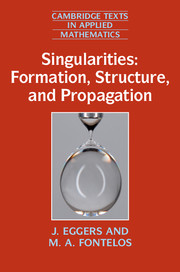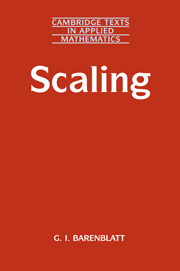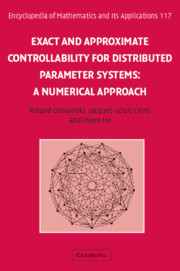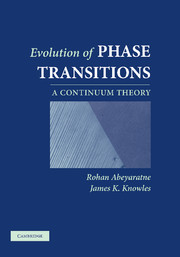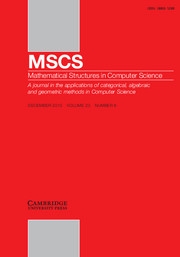Singularities: Formation, Structure, and Propagation
Many key phenomena in physics and engineering are described as singularities in the solutions to the differential equations describing them. Examples covered thoroughly in this book include the formation of drops and bubbles, the propagation of a crack and the formation of a shock in a gas. Aimed at a broad audience, this book provides the mathematical tools for understanding singularities and explains the many common features in their mathematical structure. Part I introduces the main concepts and techniques, using the most elementary mathematics possible so that it can be followed by readers with only a general background in differential equations. Parts II and III require more specialised methods of partial differential equations, complex analysis and asymptotic techniques. The book may be used for advanced fluid mechanics courses and as a complement to a general course on applied partial differential equations.
- Discusses a wide range of singular phenomena from a unifying point of view
- Makes current techniques for studying singularities available to a wider audience
- Contains 70 examples to reinforce the reader's understanding of important concepts and 180 exercises ranging in difficulty
Reviews & endorsements
'The book will serve as an excellent introduction to the field of singularities in continuum mechanics, and a valuable resource for researchers … In short, a wonderful achievement!' H. K. Moffatt, Journal of Fluid Mechanics
Product details
September 2015Paperback
9781107485495
470 pages
227 × 152 × 20 mm
0.74kg
125 b/w illus. 8 colour illus. 180 exercises
Available
Table of Contents
- Preface
- Part I. Setting the Scene:
- 1. What are singularities all about?
- 2. Blow-up
- 3. Similarity profile
- 4. Continuum equations
- 5. Local singular expansions
- 6. Asymptotic expansions of PDEs
- Part II. Formation of Singularities:
- 7. Drop break-up
- 8. A numerical example: drop pinch-off
- 9. Slow convergence
- 10. Continuation
- Part III. Persistent Singularities – Propagation:
- 11. Shock waves
- 12. The dynamical system
- 13. Vortices
- 14. Cusps and caustics
- 15. Contact lines and cracks
- Appendix A. Vector calculus
- Appendix B. Index notation and the summation convention
- Appendix C. Dimensional analysis
- References
- Index.

